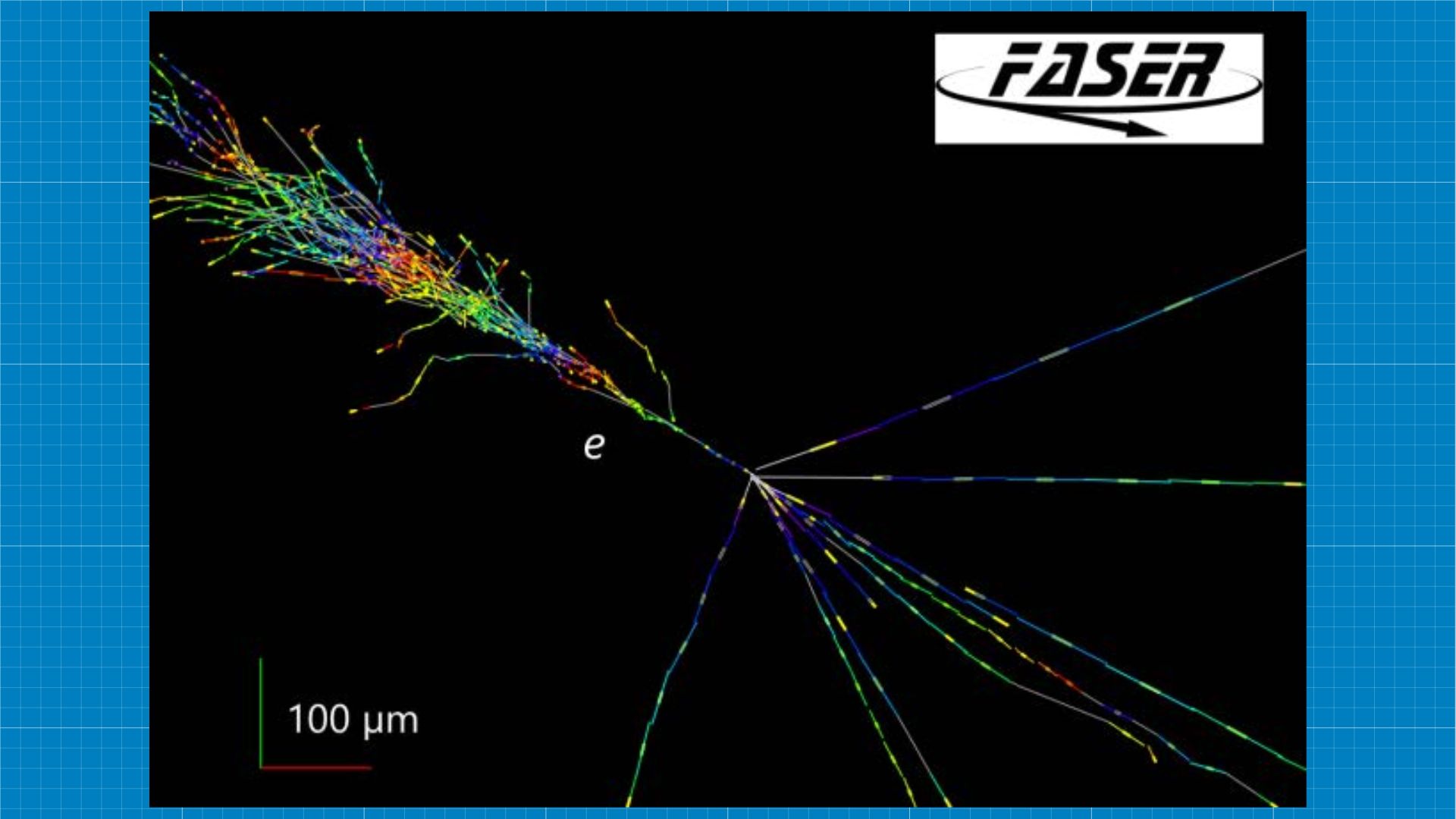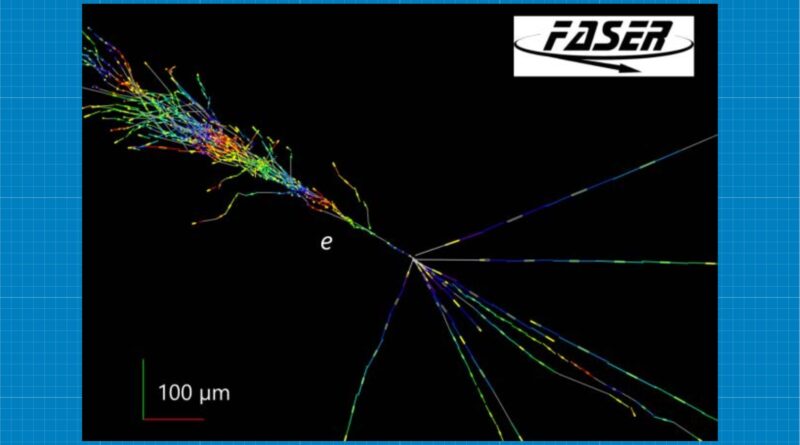CERN’s breakthrough source captures high-energy neutrinos for the first time
Researchers have directly observed strong electron-muon neutrino interactions for the first time in the teraelectronvolt (TeV) energy range.
This milestone was achieved at CERN’s Large Hadron Collider (LHC) using the First Search Experiment (FASER).
Neutrinos are elementary particles with very small mass and weak interactions with matter. These “ghost particles” have fascinated physicists for a long time. Despite their abundance – many neutrinos pass through the Earth and our bodies every second – their detection has proven to be a challenge.
“This marks the first physics result on a neutrino from a particle collision,” said Akitaka Ariga, an assistant professor at Chiba University and one of the leaders of the research, describing the team’s efforts as “a breakthrough -first in particle physics that can change the direction of large-scale experimental research in the field.”

A new eye for the unseen
There are three “flavors” of neutrinos- electron neutrinos (ve), muon neutrinos (νμ), and tau neutrinos (ντ). Until now, neutrino interaction cross sections had not been measured at energies greater than 300 gigaelectronvolts (GeV) for electron neutrinos and between 400 GeV and six teraelectronvolts (6000 GeV) for muon neutrinos.
At the heart of the new discovery is the FASERν detector, a unique part of the FASER experiment at CERN. The device consists of 730 layers of tungsten plates and emulsion films, boasting a weight of 1.1 tons. In addition, FASERν has a design that allows the tracks of charged particles produced by neutrino interactions to be reconstructed with sub-micron precision.
The team analyzed a fraction of the volume of the transparent speaker, weighing 128.6 kg, focusing on the high-energy neutrinos produced by the LHC’s proton-proton collision.
They selected four electron neutrinos and eight muon neutrinos with solid selection, all with energies above 200 GeV.
In a statement, the team highlighted the statistical significance of these observations—5.2σ for electron neutrinos and 5.7σ for muon neutrinos. This indicates that they are unlikely to be recent transitions and therefore represent real neutrinos.
“These results demonstrate the potential of studying neutrino-flavored interactions at TeV energies with the FASERν emulsion-based detector at the LHC,” Dr. Ariga emphasized.
Pushing the status quo
The observed neutrinos are the most energetic neutrinos ever observed from an artificial source, boasting energies in the teraelectronvolt range.
In particular, the study provides the first measurements of neutrino interaction—the probability that neutrinos interact with target particles—in the energy range of 560-1740 GeV for electron neutrinos and 520-1760 GeV for of muon neutrinos.
These measurements fill an important gap since previous studies did not exceed 300 GeV for electron neutrinos and between 400 GeV and 6 TeV for muon neutrinos. Furthermore, these measurements were consistent with the predictions of the Standard Model.
The ability to study neutrinos at these extreme energies can shed light on important questions in physics, such as why particles have mass and why matter exists. more than antimatter in the universe.
The group’s research findings were published in Physical Examination Letters on July 11, 2024.
ABOUT THE WINNER
Amal Jos Chacko Amal writes code on a typical business day and dreams of clicking pictures of cool buildings and reading a book on fire. He loves anything tech, consumer electronics, photography, cars, chess, football and F1.
#CERNs #breakthrough #source #captures #highenergy #neutrinos #time
